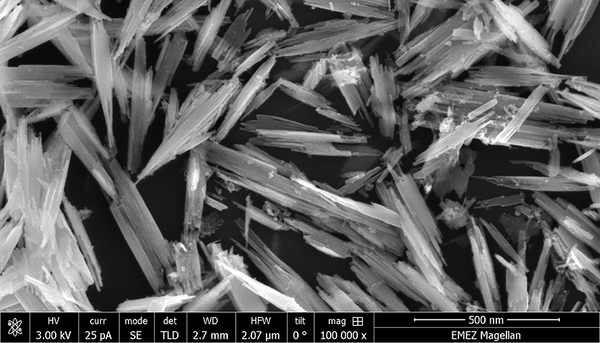Archive detail
NRP 64 – Opportunities and Risks of Nanomaterials
April 6, 2017 |
Eawag’s contributions to NRP 64
Three Eawag projects were concerned with silver nanoparticles, which are widely used because of their antimicrobial effects. Ralf Kägi’s research indicates that silver nanoparticles in wastewater streams are relatively unproblematic, as they become attached to other particles in the sewer system and are converted to (less toxic) silver sulphide. In addition, at treatment plants, nanoparticles are largely eliminated from wastewater and end up in sewage sludge, which is incinerated in Switzerland. In contrast, Renata Behra’s project showed that silver nanoparticles can disrupt the biodiversity of aquatic microorganisms, such as bacteria, algae and fungi, and the reproduction of invertebrates, thus adversely affecting various ecosystem processes. Kristin Schirmer’s group found that certain algae have a protective membrane which prevents the cellular uptake of silver nanoparticles. They are, however, actively taken up by the more permeable cell membranes in fish, leading to the death of these cells.
In the fourth Eawag project, which was concerned with the fate of nanomaterials in the environment, Hans Peter Kohler studied the rate at which functionalised carbon nanotubes are degraded by enzymes. The half-life for biotransformation was found to be 80 years and more – not a few days, as previously reported.
Risks outweighed by opportunities
In general, the results of NRP 64 indicate that the opportunities seem to outweigh the risks of nanomaterials. The risk assessments which are still required for each new nanomaterial or application will be facilitated by the results of this research. NRP 64 thus also paves the way for promising innovations. Knowledge gaps were identified primarily in the area of long-term studies.

